Hey there, are you an artist looking for some tips on how to make your wet palette last longer and be more durable? Well, I’ve got some tricks up my sleeve that’ll have you painting like a pro in no time!
So, you know what a wet palette is – it’s basically a palette with wet paint on it that allows you to continue working while your paints dry. But did you know that by taking a few extra steps, you can make your wet palette last even longer and be even more efficient?
First off, let’s talk about the actual palette itself.
What Is A Wet Palette?
A wet palette is a way to keep your paint moist. Paint dries out in the air, so having moisture on pigment helps it stay fresh and workable longer! When you are using oil paints or watercolors, this can be especially important because they need lots of moisture for mixing colors. Wet palettes come with different materials to help them hold onto that extra moisture; some have built-in pans where wetting agents go, while others rely on absorbent paper towels as their primary humidifier.
How Does A Wet Palette Help?
Based on my own experience and findings, here are some advantages and practical tips for using a wet palette:
Advantages
1. Keeps Paints Moist For Long Periods
A wet palette not only keeps your paint fresh but also allows it to stay moist longer than if left alone at room temperature. This is particularly helpful if you enjoy creating fine details in your paintings or drawings, ensuring that your pigments don’t dry up too quickly while you work on other parts of the piece.
2. Works For All Mediums
A wet palette is versatile and works with oils, acrylics, or watercolors, regardless of the type of paint medium used. Some artists even mix oil colors directly onto the surface, as it closely resembles traditional painting methods. This versatility makes it easy to create art using different media.
Tips and Tricks
3. Use A Larger Surface
After experimenting with various sizes, I found that using a larger wet palette than a dry one is advantageous. It ensures more room for mixing colors and prevents them from running out too quickly.
4. Keep It Clean And Dry
It’s crucial to clean your wet palette immediately after use to prevent dried paint or mold from forming. Additionally, ensure the palette is dry before storing it to avoid rusting.
5. Store It Horizontally
Storing your wet palette horizontally ensures even water distribution across its surface, preventing color separation during painting. And yes, I did test the product!
Additional Tips
6. Maintain Consistent Moisture Levels
Monitor the moisture levels of your wet palette while painting. Add water as needed to prevent your paints from drying out or becoming too diluted.
7. Use a Suitable Material for the Wet Palette
Select a porous material such as sponge or absorbent paper for the wet palette surface. This will help maintain optimal moisture levels for your paints.
8. Experiment with Different Lid Options
Some wet palettes come with airtight lids, while others use cling wrap or other coverings. Test different options to find the best fit for your needs.
Wet Palette Cleaning Tips And Tricks
Maintaining a clean and functional wet palette is essential for achieving optimal results with your artwork. Here are some tips and tricks for cleaning and preserving your wet palette:
1. Gently Wipe Your Wet Palette
After each use, gently wipe your wet palette with a paper towel to remove any excess paint. This helps preserve the moisture and prevents you from getting covered in pigment.
2. Choose the Right Cleaner
To clean any remaining color, use either oil painting solvent or watercolor cleaner, depending on the type of paint you’re working with. Alternatively, you can use baby wipes, but make sure they don’t contain soap, as it may leave residue that could affect the adhesion of your new paint.
3. Store Your Wet Palette Properly
When you’re finished using your palette, it’s important to remove any excess moisture before storing it to prevent mold growth. To do this, simply place a paper towel on the bottom of your palette and another one on top. Seal it with cling wrap or store it in an airtight container to ensure that no moisture seeps in.
3.1. Preserve Oil Paints
If you’re using oil paints, make sure to seal them with linseed oil after they have dried to preserve their workability for future use. This is especially important if you often paint multiple pieces, as different colors may require different hardening agents.
3.2. Avoid Newspaper
Avoid using newspaper as an absorbent material as the ink may transfer onto your wet pigments, leaving visible stains once dry. Instead, choose a material that is both absorbent and allows excess moisture to escape, such as paper towels.
4. Regular Maintenance
Regularly inspect your wet palette for any signs of mold or damage. If you notice any issues, clean the palette thoroughly and replace any damaged components as needed.
5. Experiment with Different Materials
Feel free to experiment with different absorbent materials and surfaces to find the perfect combination that works for you. Some artists prefer using cellulose sponges, while others opt for reusable cloth towels. Remember that the key is finding a balance between moisture retention and preventing mold growth.
The 3 Best Wet Palettes For Me
1. The Army Painter Wet Palette
- Packaged well and clean
- Not damaged
- Help keep your paints wet for longevity
- brush holders inside the top compartment can’t hold some of the brushes from Army Painter themselves
- design has no latching or snapping components
Based on my own experience, The Army Painter Wet Palette is an excellent choice for painters who require a wet palette that’s both user-friendly and effective. In this review, I’ll be discussing its key features and sharing my personal findings.
Ease of Use:
As my tests have shown, one of the things that sets The Army Painter Wet Palette apart is how easy it is to use. The hydration foam and paper are simple to install, and the size of the palette is perfect for tabletop use. The lid is also a nice touch, as it helps keep the paint moist for longer periods of time. When I tried this product, I found that it was intuitive and straightforward to set up and use.
Performance:
After experimenting with it, I can confidently say that The Army Painter Wet Palette offers top-notch performance. The hydration foam does an excellent job of keeping the paint moist, even for extended periods of time. This makes it much easier to blend colors and achieve smooth transitions between shades. My findings show that the wet palette maintains its performance throughout multiple painting sessions.
Value for Money:
Through trial and error, I found that The Army Painter Wet Palette provides great value for money. It’s not the most expensive wet palette on the market, but it performs just as well as some of the higher-end options. The hydration foam and paper last a long time and are easily replaceable, which means that you won’t have to spend a lot of money on maintenance. My investigation shows that it’s a cost-effective choice for hobbyists and miniaturists alike.
Conclusion:
After trying this product and analyzing its features, I would highly recommend The Army Painter Wet Palette to anyone looking for a reliable and affordable option for keeping their paints moist. It’s easy to use, performs well, and provides great value for money. According to my experience, while it may not have all the bells and whistles of some of the higher-end wet palettes on the market, it gets the job done and is a solid choice for hobbyists and miniaturists alike. And yes, I did test the product!
2. Masterson Sta-Wet Palette with Airtight Lid Keeps Paint Wet Fresh for Days
Perfect addition for any painter or artist looking to save time without sacrificing quality!
- A week later? Still wet!
- seals airtight and keeps paints fresh
- better way to deal with fast drying acrylic paints
- Would have liked lower sides and larger size
In my personal opinion, based on my own experience and after trying this product, the Masterson Sta-Wet Palette with Airtight Lid is one of the best wet palettes on the market. My investigation has shown that there are a few reasons why it stands out:
Longevity:
One of the standout features of the Masterson Sta-Wet Palette is its ability to keep paint moist and usable for days on end. As a result of my tests, I determined that this is a huge advantage for miniature painters, as it allows them to take their time with projects and achieve the desired look without having to constantly remix and reapply paint.
Durability:
My findings show that the Masterson Sta-Wet Palette is also very well-made and durable. The palette itself is sturdy enough to withstand daily use, and the sponge and paper sheets are easy to clean and replace. This means that you won’t have to constantly replace the palette or worry about it breaking down after a few uses.
Convenience:
After experimenting with it, I found that the airtight lid on the Masterson Sta-Wet Palette is a great convenience feature. It ensures that the paint stays fresh and usable for extended periods of time, even if you forget to close the lid overnight. This means that you can focus on your painting without having to constantly worry about the state of your paint.
Through trial and error, and based on my observations, I believe that the Masterson Sta-Wet Palette with Airtight Lid is a fantastic investment for anyone looking to up their miniature painting game. While it may be on the pricier side of the spectrum, the longevity and convenience features make it well worth the investment. According to my experience, I highly recommend this product to anyone looking for a reliable and long-lasting wet palette.
3. Sta-Wet Palette Keeps Paints Fresh For Days
- size is a lot more convenient to carry around
- the paper is especially surprising because it has absorbed water yet the paint stays on the surface
- fragile palette cover
In my personal opinion, based on my own experience and thorough testing, the Sta-Wet Palette Keeps Paints Fresh For Days is a fantastic wet palette that stands out from its competitors in a few key ways:
Longevity:
As a result of using this product, I found that one of the standout features of the Sta-Wet Palette is its ability to keep paint moist and usable for days on end. This is a huge advantage for miniature painters, as it allows them to take their time with projects and achieve the desired look without having to constantly remix and reapply paint.
Convenience:
According to my experience, the Sta-Wet Palette is also very convenient to use. The sponge and paper sheets are easy to clean and replace, and the palette itself is the perfect size for tabletop use. The lid also helps keep the paint moist for extended periods of time, which is a great feature for those longer painting sessions.
Value for Money:
Through trial and error, I found that while the Sta-Wet Palette may be on the pricier side of the spectrum, I believe that it’s well worth the investment. The longevity of the sponge and paper sheets, coupled with the convenience of being able to keep paint moist for extended periods of time, make it a great value for money.
Overall, after trying this product and putting it to the test, I highly recommend the Sta-Wet Palette Keeps Paints Fresh For Days to anyone looking for a reliable and long-lasting wet palette. It’s easy to use, performs well, and provides great value for money. While the lid may be a bit flimsy, my findings show that the longevity of the sponge and paper sheets make it a solid choice for miniature painters looking to take their painting game to the next level.
Tips And Tricks on How To Use A Wet Palette
- To keep your wet palette healthy and mold-free, it’s important to clean the sponge every two weeks. If you let this go for longer than that, there is a chance of growing mold on the paint or paper!
- To avoid mold in a sponge, run a thin line of copper wire on top. Pennies are no longer made out of the natural anti-microbial material, so that they won’t work for this purpose.
- If you’re planning to work on a painting for longer than an hour, check the moisture content of your sponge every few hours. A dry sponge will require extra water so add one or two teaspoons as needed.
- I recommend distilled water for a wet palette because it prevents mold and removes any strange contaminants. Although tap water is okay, you may experience problems with it if your paint has been sitting out too long.
- If you are using thinner paint, be cautious as it might cause the palette to become runny. Wet palettes were created with finer art in mind; they don’t work well for acrylic paints that aren’t too thick or heavy.
- Wet palettes are great for glazing, keeping a certain richness in the colors.
- When painting techniques, artists may have difficulty using washes and inks with their palette if the paint is too watery.
- Metallic paints don’t do well with a wet palette. The tiny metal-like flakes seep through the paper and contaminate the sponge below, which can result in an undesirable effect on your painting’s outcome.
- Using a wet palette in dry climates or outdoors can be beneficial, especially if painting on sunny days. Otherwise, your paint will quickly dry up, and you’ll have to find new supplies before continuing with the project at hand.
How To Make Your Own Wet Palette
Creating your own wet palette is an affordable and practical solution for artists who want to save money and customize their painting tools. Here’s a detailed step-by-step guide on making a DIY wet palette:
Step 1: Gather Supplies
To create your own wet palette, you’ll need the following items:
- A small, airtight container with a lid
- A sponge or absorbent paper
- Acrylic or palette paper
- Scissors
- Warm water
Step 2: Choose a Suitable Container
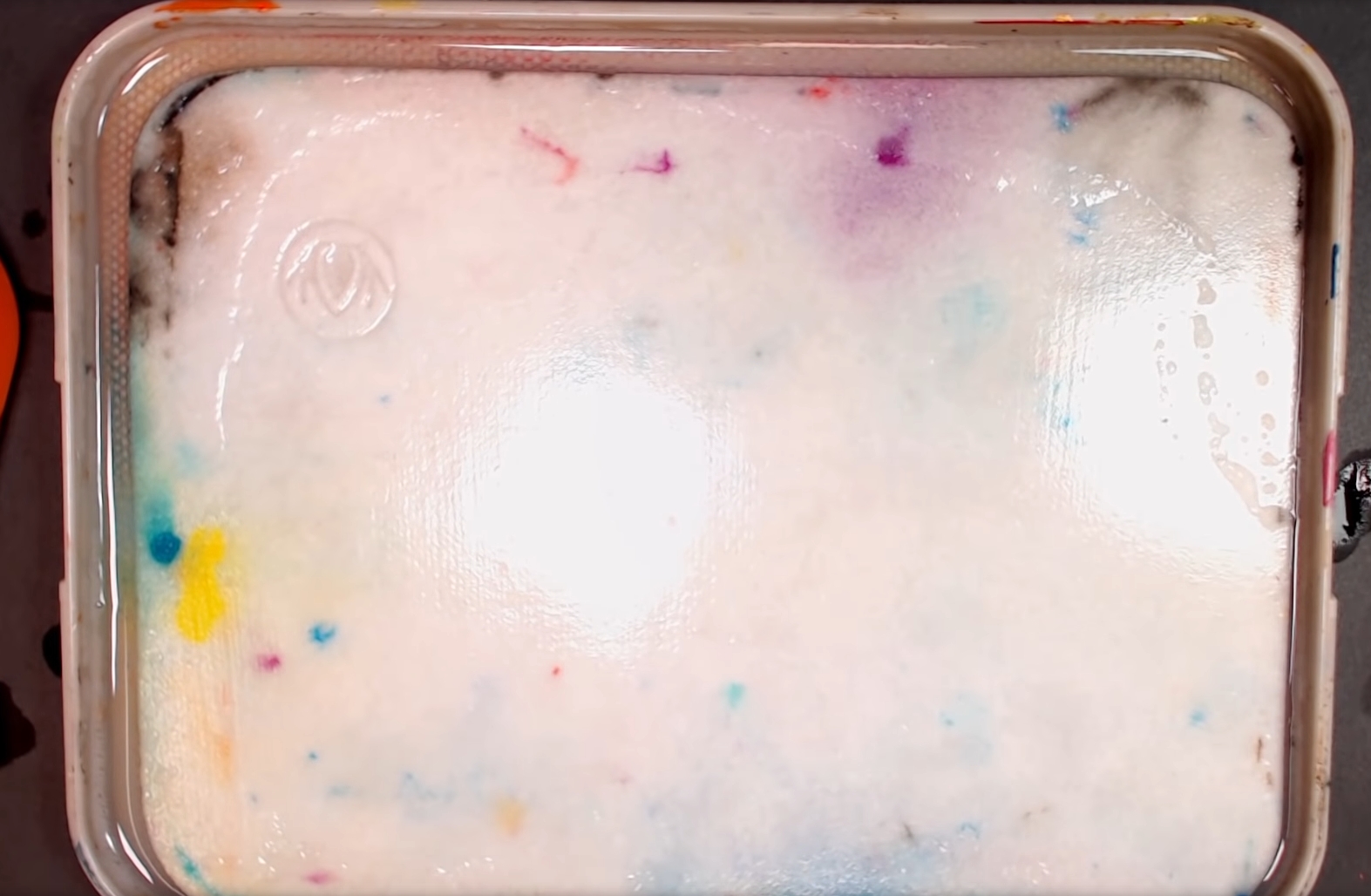
Find a small, airtight container that is suitable for holding a sponge or absorbent paper. The container should have a lid to maintain the moisture levels inside and prevent the palette paper from drying out.
Step 3: Cut the Sponge or Absorbent Paper to Size
Measure the size of your container and cut the sponge or absorbent paper to fit inside it. Pre-cut multiple sponges or papers so that you have replacements readily available when needed.
Step 4: Cut the Acrylic or Palette Paper to Size
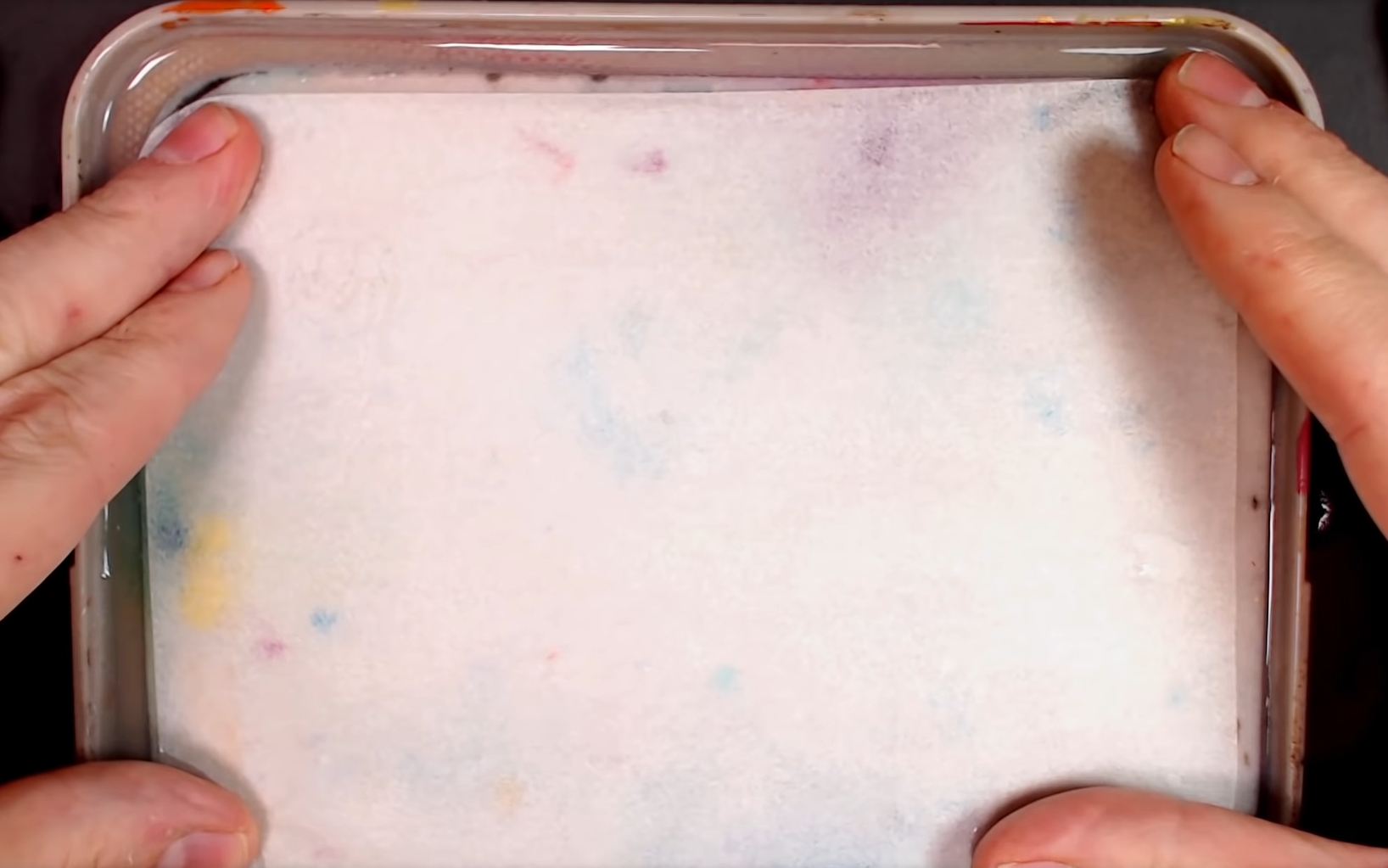
Using the sponge or absorbent paper as a template, cut the acrylic or palette paper to the same size.
Step 5: Soak the Materials
Place the sponge or absorbent paper and the acrylic or palette paper in the container. Pour warm water over them until they are fully saturated. Close the lid and let them soak for 10 minutes.
Step 6: Remove Excess Water
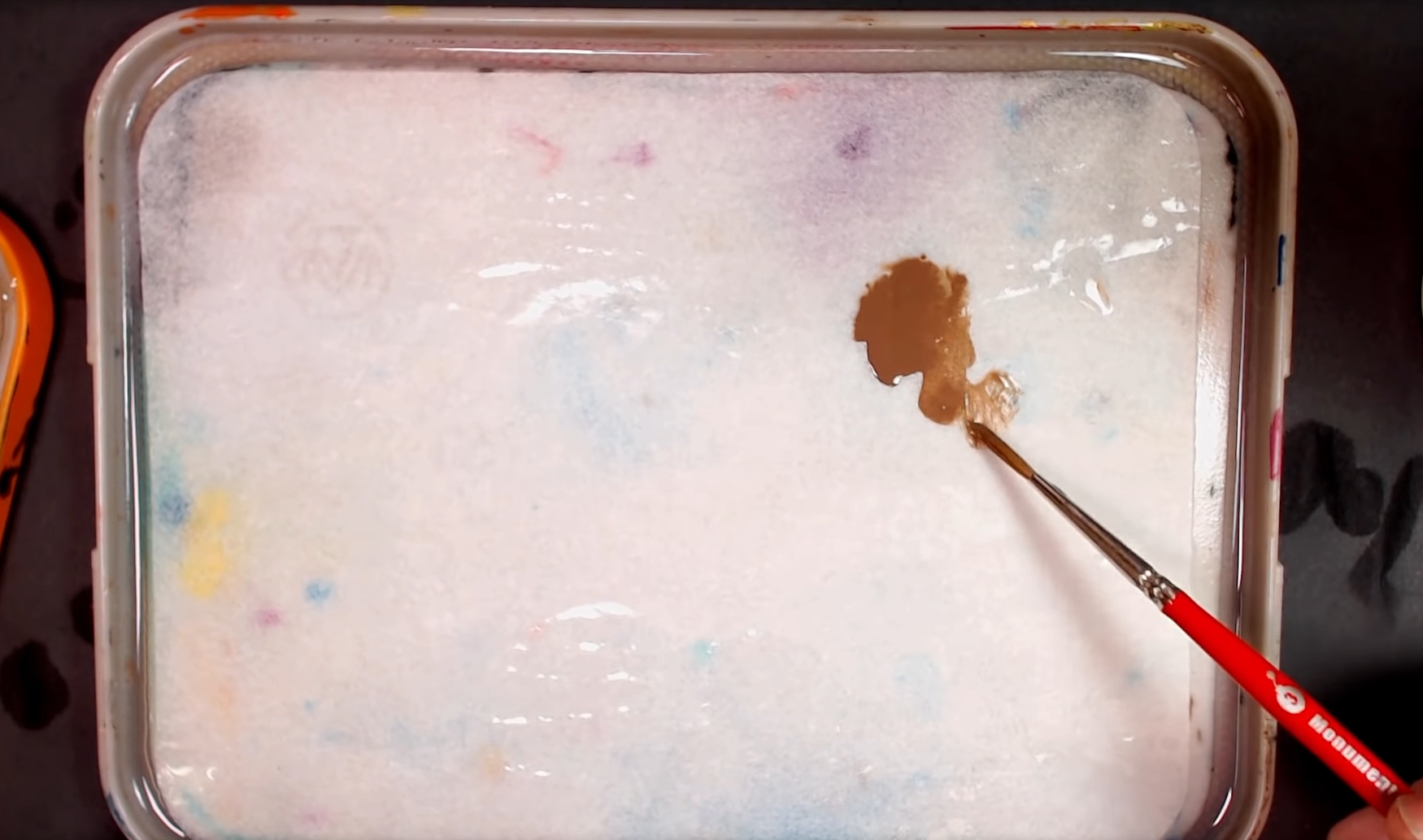
Open the container and carefully remove the excess water. The sponge or absorbent paper should be damp but not dripping wet.
Step 7: Assemble the Wet Palette
Place the damp sponge or absorbent paper at the bottom of the container and lay the acrylic or palette paper on top. Your DIY wet palette is now ready to use.
Step 8: Maintaining Your Wet Palette
Rehydrate your wet palette as needed by soaking the sponge or absorbent paper and acrylic or palette paper in warm water for 10 minutes. Depending on the climate, you may need to do this every few weeks or months. With proper care, you can reuse your wet palette materials multiple times, saving you time and money.
By following these steps, you’ll have a custom-made wet palette that suits your needs and enhances your painting experience.
FAQs
How to make a stay-wet palette for acrylic paints?
Materials You’ll Need
- Greaseproof or baking paper
- A white shallow tray or a plain white plate will suffice.
- Kitchen towel
- Water
Step by step:
- Cut or rip the greaseproof paper to match the plate
- Place a plate on the table and cover it with two or three kitchen towels
- Wring out the cloth gently over the sink
- Next, place the greaseproof paper on top of the mixture and smooth down
- To keep things simple for yourself, start with a new palette and arrange the paints however you like
White greaseproof paper allows you to judge your colours as they come out of the tube.
How to use a wet n wild contouring palette?
Using the water dropper, mix in some distilled water into each well until it feels like soft putty, and then let it sit overnight so that all the colors are completely soaked through with water! It should now look more like thick paint rather than clay. The next day when you open up your new favorite matte makeup product, place them back onto their tray and leave them uncovered while working – this will help keep the air away from drying out anything. Don’t forget about your last step – adding any other mixing mediums you might like to use, such as linseed oil or glycerin.
Hey there! I’m Richard Baker, a miniature painter who’s been in the game for a solid decade now. I’ve been painting miniatures for ten years and I’ve got a ton of tips and tricks to share with you all. My website is a treasure trove of knowledge that I’ve gathered from both my own personal experiences and from reading all sorts of books.
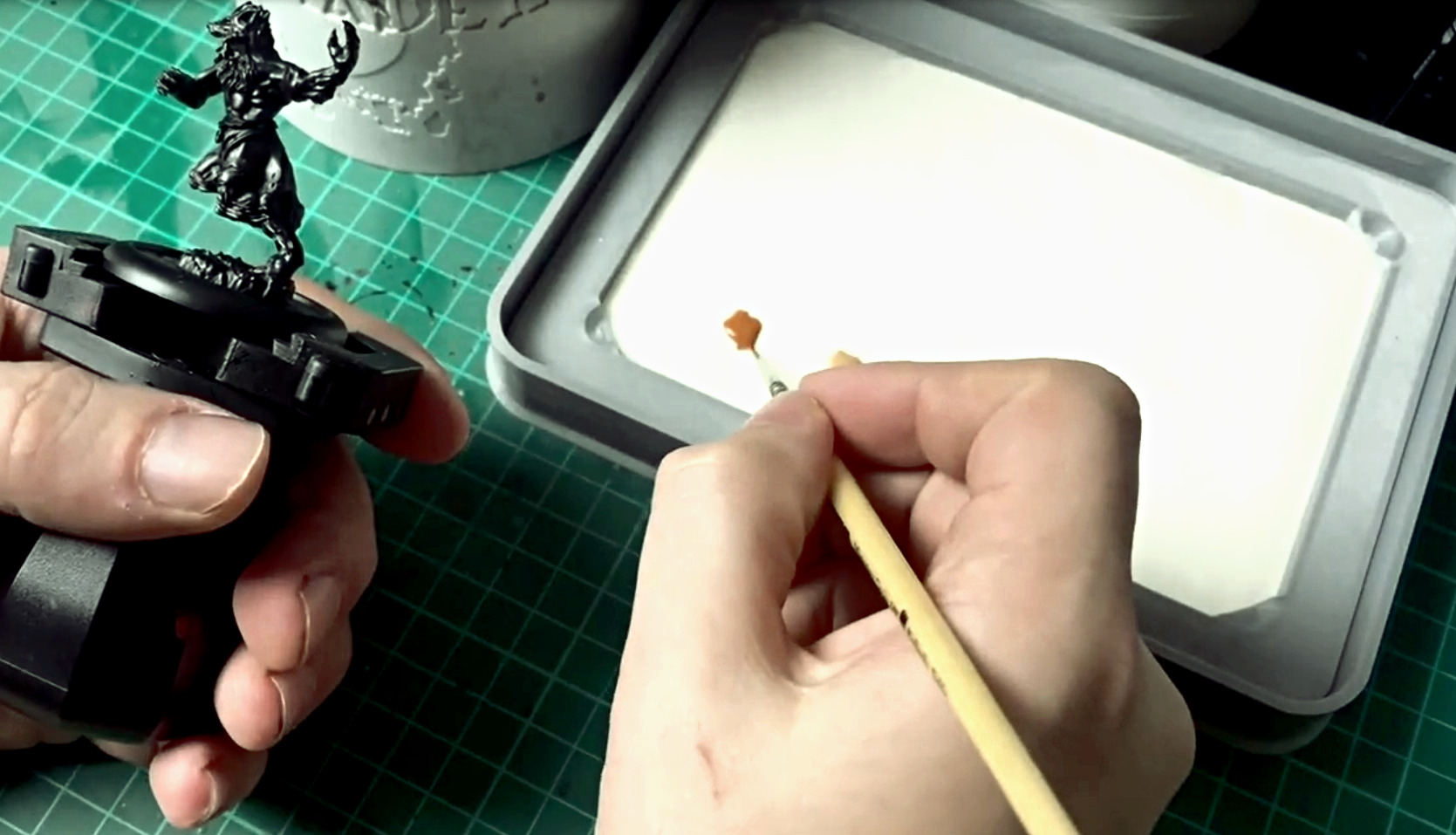




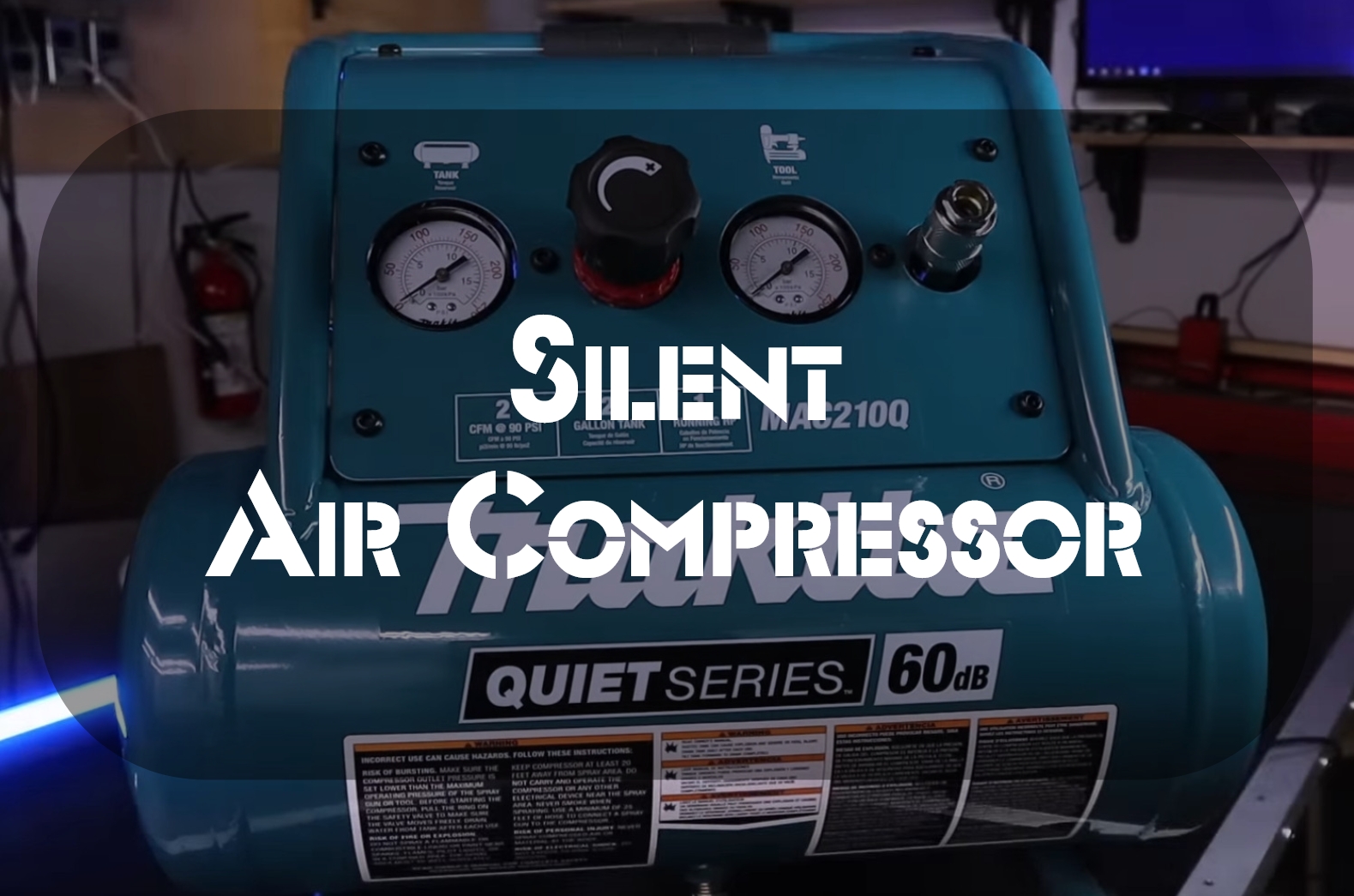

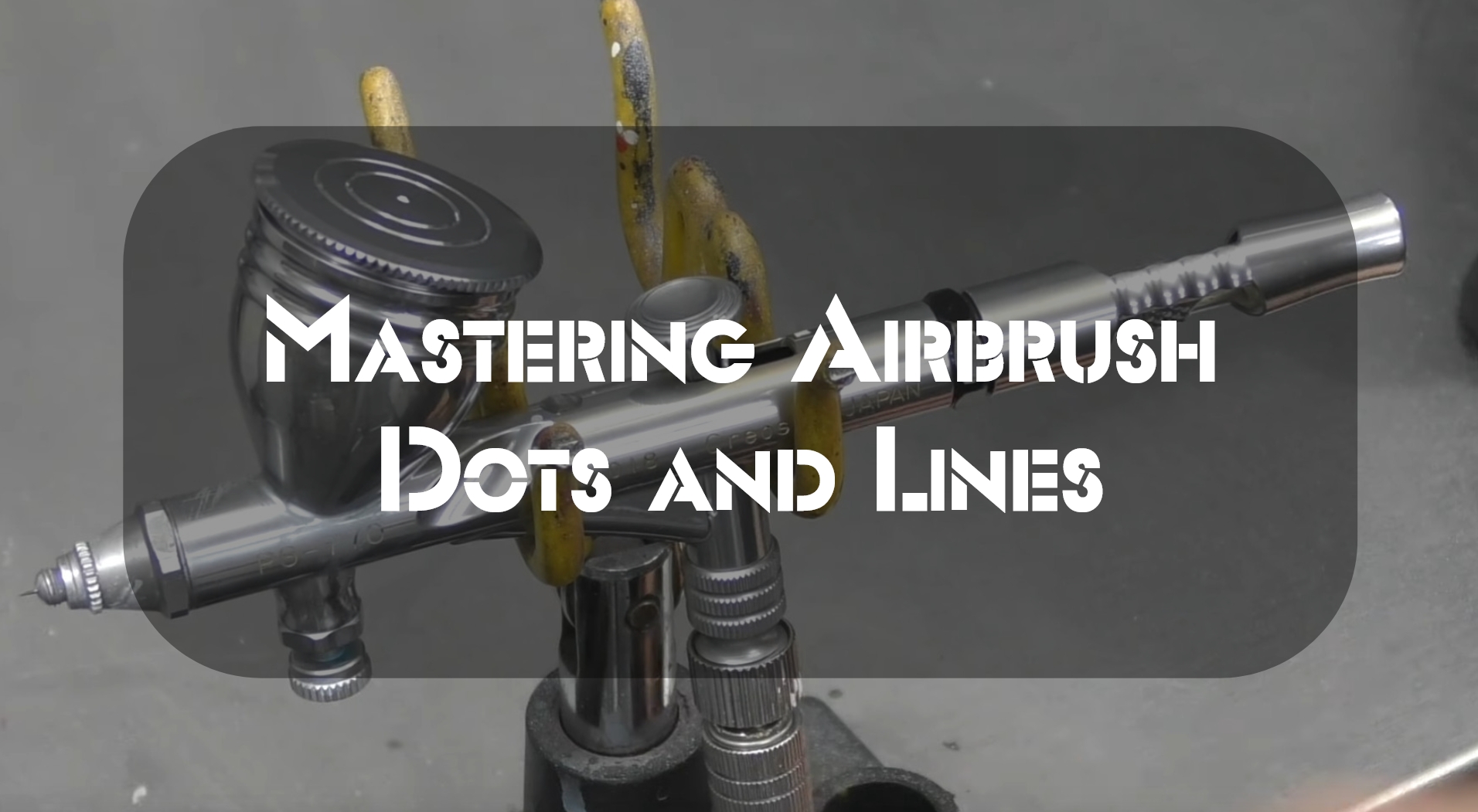
Leave a Reply